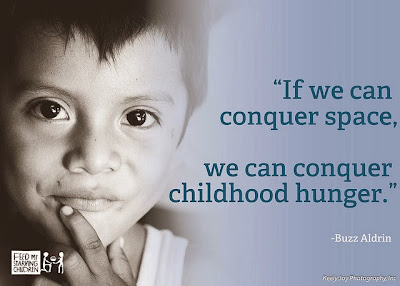What is net neutrality?
Net neutrality has enabled a level playing field on the internet. To start a website, you don't need lot of money or connections. Just host your website and you are good to go. If your service is good, it will find favour with web users.
This has led to creation Google, Facebook, Twitter and countless other services. All of these services had very humble beginnings. They started as a basic websites with modest resources. But they succeeded because net neutrality allowed web users to access these websites in an easy and unhindered way.
What will happen if there is no net neutrality?
#SaveTheInternet
Source: TOI
When the internet started to take off in 1980s and 1990s, there were no specific rules that asked that internet service providers (ISPs) should follow the same principle. But, mostly because telecom operators were also ISPs, they adhered to the same principle. This principle is known as net neutrality.
An ISP does not control the traffic that passes its servers. When a web user connects to a website or web service, he or she gets the same speed. Data rate for Youtube videos and Facebook photos is theoretically same. Users can access any legal website or web service without any interference from an ISP.
Net neutrality has enabled a level playing field on the internet. To start a website, you don't need lot of money or connections. Just host your website and you are good to go. If your service is good, it will find favour with web users.
This has led to creation Google, Facebook, Twitter and countless other services. All of these services had very humble beginnings. They started as a basic websites with modest resources. But they succeeded because net neutrality allowed web users to access these websites in an easy and unhindered way.
What will happen if there is no net neutrality?
If there is no net neutrality, ISPs will have the power (and inclination) to shape internet traffic so that they can derive extra benefit from it. For example, several ISPs believe that they should be allowed to charge companies for services like YouTube and Netflix because these services consume more bandwidth compared to a normal website. Basically, these ISPs want a share in the money that YouTube or Netflix make.
Click here to check the video on net neutrality by AIB.
#SaveTheInternet
Source: TOI














